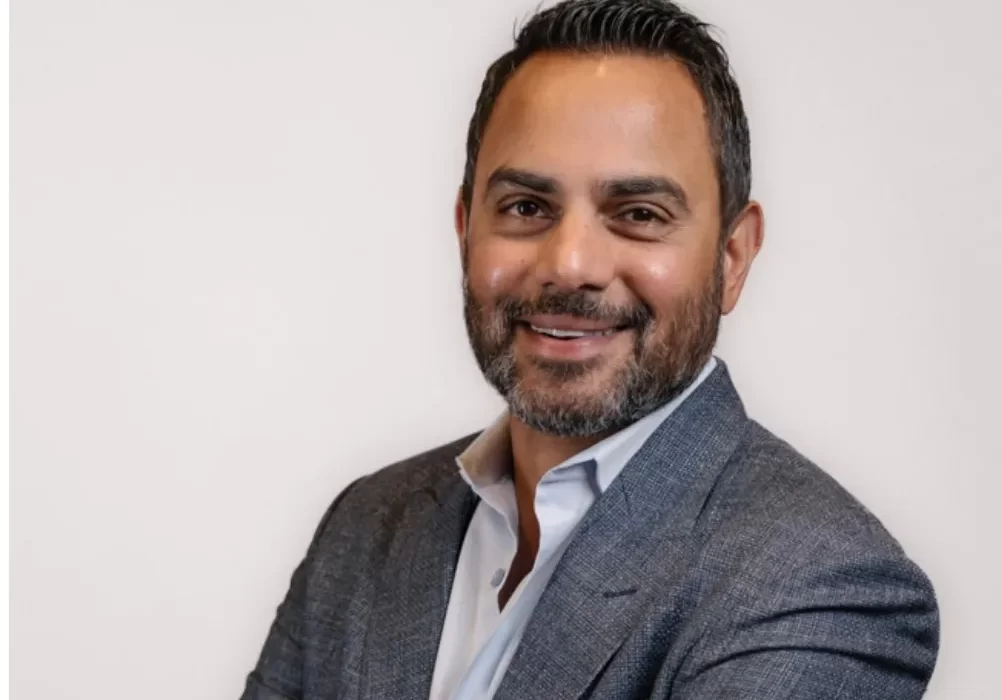As a CEO, I navigate the high-stakes world of California’s commercial real estate, where aspirations often meet formidable challenges. I have learned to navigate the complexities alongside many dedicated agents, developers, and community members. Here in the Bay Area, I’ve faced the same tough regulations and fierce competition, and through these experiences, I’ve gathered some insights on how to thrive in this demanding environment. Here are my strategies for turning California’s obstacles into profitable ventures and transforming difficulties into opportunities for success.
What is CEQA?
The California Environmental Quality Act (CEQA) is a cornerstone of the state’s regulatory framework, designed to protect the environment by requiring state and local agencies to identify and mitigate the environmental impacts of their actions. For developers like myself, CEQA is a double-edged sword —essential for sustainable development but often a source of significant delays and added complexity.
In my nearly 25 years in the commercial real estate sector, navigating CEQA has been akin to running a marathon blindfolded. While I appreciate its intent to safeguard our environment, the process can feel overwhelmingly intricate and protracted, especially for those who are new to CRE in California. Here are some insights and strategies that have helped me manage this “necessary evil” more effectively.
1. Start with thorough preparation
Before diving into any project, it’s crucial to understand the full scope of CEQA requirements. Engage with environmental consultants early to conduct preliminary assessments and identify potential red flags. This proactive approach can save time and resources in the long run.
2. Build strong relationships with regulatory agencies
Cultivating positive relationships with local and state regulatory bodies can be immensely beneficial. Regular communication and transparency can help streamline the approval process. Agencies appreciate developers who are cooperative and committed to adhering to environmental standards.
3. Engage the community
Community involvement is a critical aspect of the CEQA process. Host public meetings, provide transparent information about your project’s benefits, and be open to feedback. Gaining community support can mitigate opposition and facilitate smoother navigation through the regulatory landscape. You may also have the opportunity to build community allies who will help to push your projects through the finish line.
4. Leverage legal expertise
CEQA regulations are complex and ever-evolving. Having a legal team with expertise in environmental law can help you navigate potential legal challenges and ensure compliance. They can also assist in preparing robust environmental impact reports (EIRs) that withstand scrutiny.
5. Plan for delays
Delays are an inherent part of the CEQA process. Incorporate potential delays into your project timeline and budget. This realistic planning helps manage expectations and reduces the pressure of meeting unrealistic deadlines.
6. Embrace sustainable practices
Aligning your project with sustainable practices not only benefits the environment, but also positions your development favorably under CEQA. Innovations in green building, energy efficiency, and resource management can expedite approvals and enhance your project’s appeal.
The broader regulatory environment
CEQA is just one piece of the puzzle in California’s intricate regulatory environment. Zoning laws, building regulations, and high costs of living add additional layers of complexity. However, these challenges also present opportunities for those willing to navigate them with patience and strategy.
Entering California’s real estate market is not for the faint-hearted. It requires a unique mindset, boundless patience, and relentless effort. However, for those willing to navigate its complexities, the rewards can be substantial. As I often say, California is a long game — embrace the journey, adapt to the challenges, and transform them into opportunities for success.
By embracing preparation, community engagement, legal expertise, and sustainable practices, one can navigate this challenging landscape and emerge victorious. In the end, it’s about resilience, innovation, and a relentless pursuit of turning dreams into reality.

